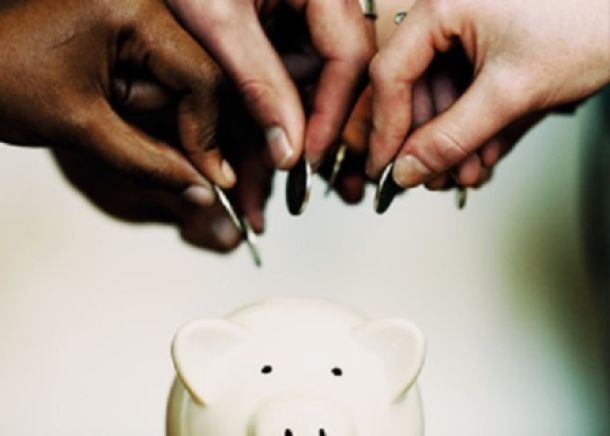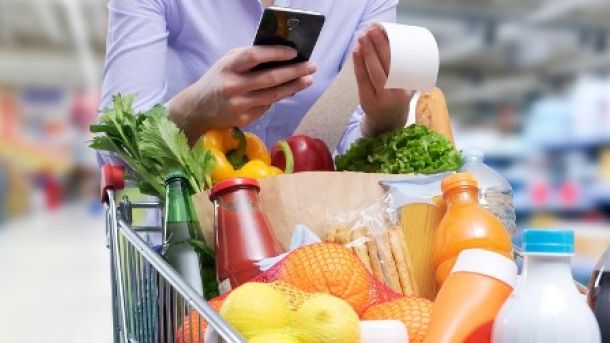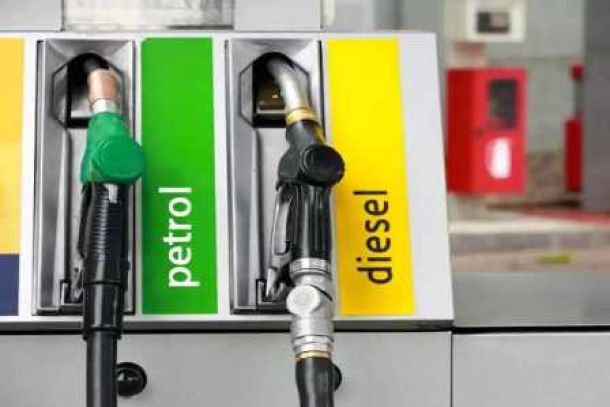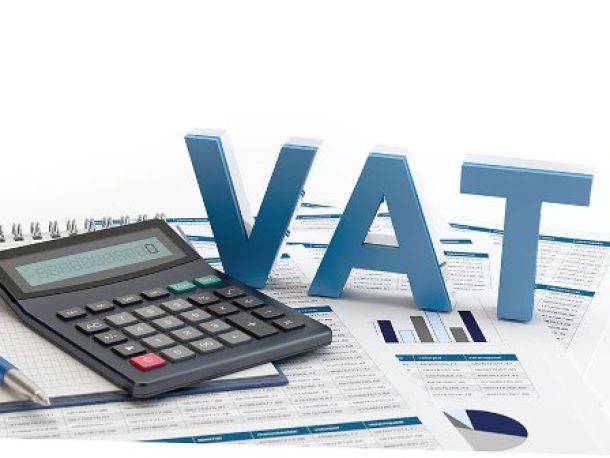Coming festive season drives 15% increase in meat prices
Due to tight supply and increased demand from consumers with the braai and festive season approaching, red meat prices are expected to trend higher by at least 9 to 15 percent.
Red meat prices are currently relatively stable to strong due to tight supplies as livestock farmers hold on to stock and avoid slaughtering in the hope that pasture conditions will improve should seasonal rains materialise sooner.
Paul Makube, senior agricultural economist at FNB says red meat slaughtering has been substantially higher this year compared to the past three years as a result of the drought. For example, the cumulative sheep slaughter number is currently 111% and 69% higher than the 2015 and 2014 levels respectively.
Meat industry outlook
However, despite an increase in slaughtering, we did not experience an oversupply of meat which would have resulted in lower prices due to exports and a strong demand for our meat in the tourism sector.
“In terms of the outlook for beef, we are heading into a seasonal price increase of between R3.4 and R5.7 per kilogram (kg) for Class A beef as the braai season returns. Consumers that prefer to braai lamb can expect to pay between R5.6 and R9.4 per kg more for Class A lamb over the festive period,” says Makube.
Pork will also benefit from the price gain of red meat. However, there won’t be much of a price movement in poultry due to increasing imports.
Despite continued pressure on disposable income, consumers would still be able to absorb a slight increase in meat prices during the festive period. While others will opt to purchase red meat in bulk to outweigh price increases. “Even during tough economic conditions, we have picked up a trend where consumers will usually cut back on luxuries and non-essentials, but generally spend more on food and meat, during the festive season.”
However, Makube cautions that prices would have to return to normal levels in January post the festive season to avoid resistance from consumers.
Situation for livestock farmers should improve with rain forecast
He says that with rain expected in the coming months, the situation should start improving for livestock farmers that have suffered financial losses as a result of the drought. Forecasts are now projecting neutral conditions for the 2016/17 season, meaning that we should expect normal, instead of above normal rainfall as had been previously estimated.
According to Makube, this is good news as the sector will not have to worry about possible damage resulting from floods, torrential rains, and heavy winds, often associated with a strong La Niña that was predicted earlier during the past few months. The expected rainfall should be sufficient for herd rebuilding to begin, further helping livestock farmers to reduce costs in the long-term.
“By mid-2017, we should see a moderation in grain prices which will lower animal feed costs, resulting in improved margins and profitability levels for farmers that are currently facing losses from the recent drought,” concludes Makube.
Source: Financial Mail
News Category
- International retailers
- On the move
- Awards and achievements
- Legislation
- Wine and liquor
- Africa
- Going green
- Supplier news
- Research tools
- Retailer trading results
- Supply chain
- Innovation and technology
- Economic factors
- Crime and security
- Store Openings
- Marketing and Promotions
- Social Responsibility
- Brand Press Office
Related Articles

Empowering South African households through gro...

SPAR shares practical tips to beat food inflation

South African motorists could be paying up to R...

Big VAT changes on the cards


